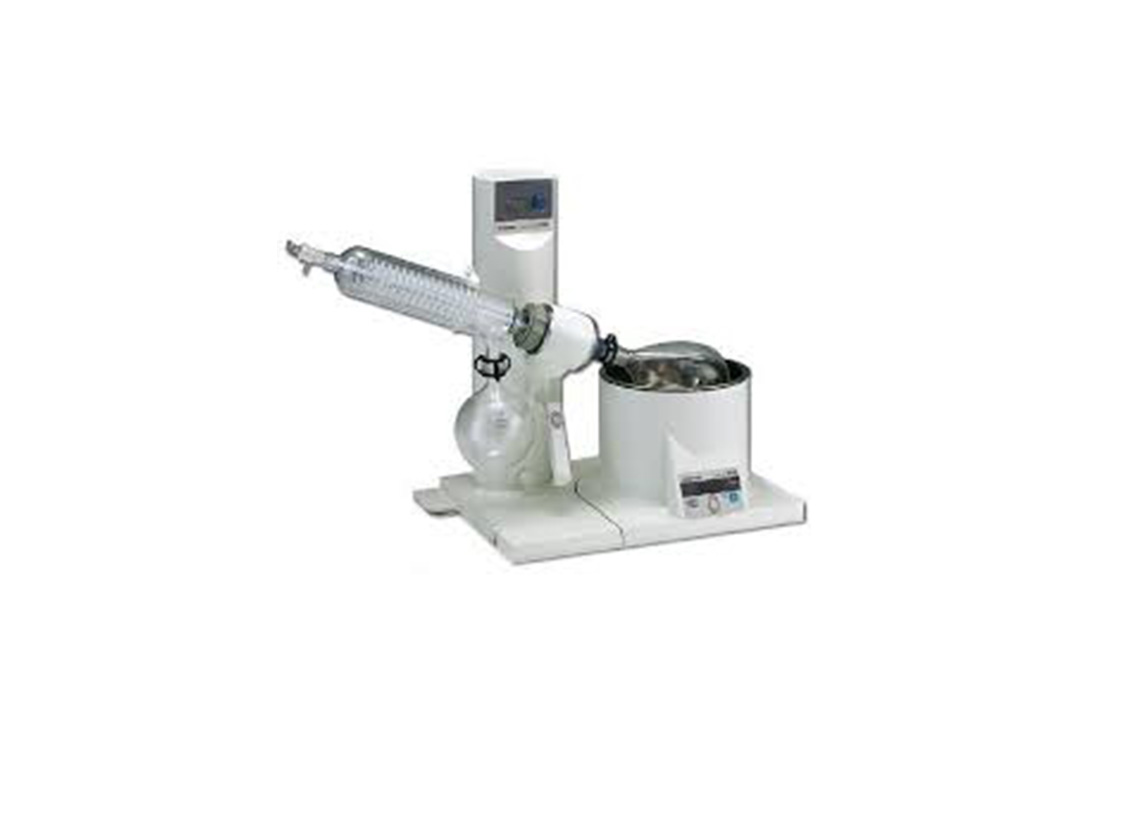What To Look For Before Buying Rotary Evaporators

Rotary evaporation is a process of lessening the amount of solvent by the mean of circulating it as a thin mist within a vessel at high temperature and decreased the pressure that stimulates the fast elimination of extreme solvent from less evaporative samples. In chemical laboratories, these Rotary Evaporators are used.
Components of Rotary Evaporator
The rotary evaporator or “Rotovap” works with the help of these chief components;
- A motor unit
- A vacuum system
- A heated fluid bath
- A condenser with either a coil passing coolant or a cold finger
- A condensate-collecting flask
- A vapor duct
- A mechanical or motorized mechanism
Procedure
The evaporation flask or ampule encompassing the user’s sample revolves with the help of a motor in the rotovap in order to create distillates. Vapor duct is the centreline for sample rotation and is a vacuum-tight gutter for the vapor that extracts from the sample. The vacuum system significantly marks down the pressure in the evaporator system. The vacuum system perhaps as simple as a water pump with a trap engulfs within a cold bath (for harmless solvents). And it is challenging like a balanced mechanical vacuum pump with the refrigerated trap.
Considerations before buying a Rotary Evaporator
At the time of purchasing a rotary evaporator, you should contemplate the Rotation speed range (rpm), temperature, pressure (mbar), vacuum (mm Hg), and condenser. You should choose a Rotary Evaporator that is compatible with your application based on the type, size, and responsiveness of the samples. For instance, for the acidic example, the Rotary Evaporators system should be acid-resistant.
Safety Measures
For every laboratory functions and processes, safety is an essential element. In spite of risks associated with evaporation, it is a simple function. These dangers include implosions caused due to glassware having faults like star-cracks,
Explosions:
- Resulting from concentrating unstable impurities at the time of evaporation.
- Occur from getting unstable compounds, e.g. organic asides and acetylides, nitrogenous compounds and strain energy molecules, etc. to dryness.
To avoid unfortunate incidents, it is suggested that you should take measures to keep away from contact with rotating parts. Pay attention, especially towards entanglement hair, necklaces, and loose clothing because this can fetch the user into the rotating machine. Such cases can cause burns, sharps, and exposure of users to chemicals. To avoid accidents, more safety measures should be adopted to operations with air reactive stuff, mainly when you go for an under vacuum. IN this type of case, an intense reaction can occur with a small leak that can draw air into the apparatus.
